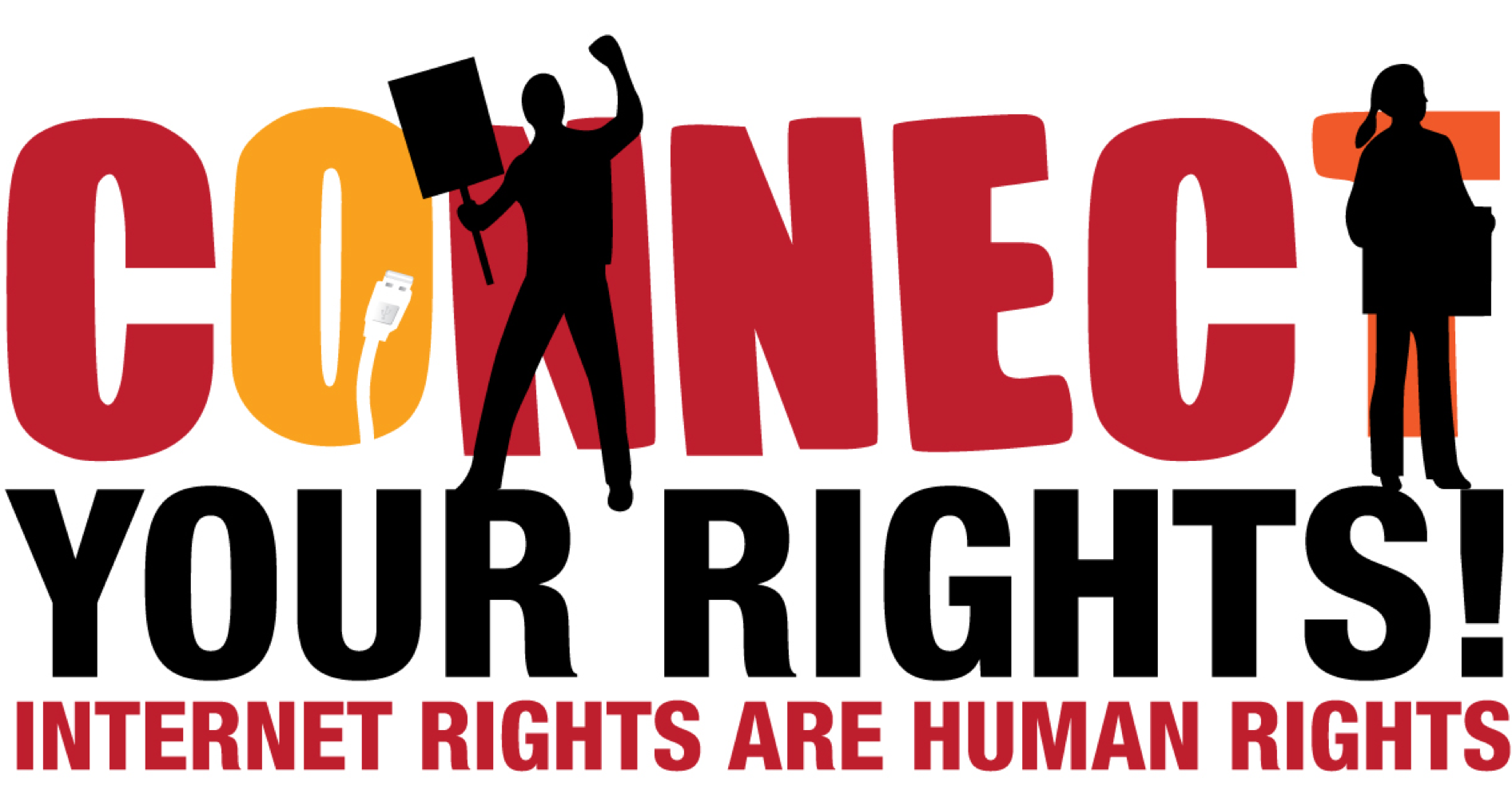Kit #8. Someone monitors everything I do on my computer
I think someone knows what I am doing on my computer but I don’t know how it is possible. What can I do to protect my privacy?
You found out that your communication is leaking to people who should not see it. You noticed that some people know about private documents you have written on your computer. You think someone has access to the content of your computer and you do not know how it is possible.
Your computer could be infected by a virus, trojan, spyware or other malicious software (malware) running without your knowledge. You may have downloaded a file, visited a web page, clicked on a link, used an infected USB drive, or opened an email that led to the malware. This might have given the malware’s creator the control over your computer. Hardware such as a keylogger may be embedded and disguised within your device, which allows someone to capture your activity.
Untargetted malware can be used for advertising, theft, fraud, spamming, “psiphoning” off computational power, or pointless malice. However, you may also suspect that you have become a target of law enforcement, your employer, someone you live with or your partner, for example.
What you should do
- First, make sure this is not a human error, which means that the information is not being disclosed by some other people whom you trust and with whom you share it. If you are positive it is not a human error, then:
- Ask, “Who can have physical access to my device at home, work or elsewhere?” Protect the log-in screen with a passphrase or change your passphrase to a stronger one.
- If you are using Wi-Fi to connect to the internet, make sure that the Wi-Fi connection is passphraseword-protected and not open to anyone you don’t know and trust. Change the Wi-Fi passphrase if it is your personal connection.
- Ensure that no one but you has access to your online accounts. See Kit #1. My email, Facebook or Twitter account was hijacked.
- Make sure your anti-virus software is installed and properly updated. Do a full scan of your computer.
- Make sure you have a working firewall in place.
- Remove any unwanted or suspicious add-ons/extensions from your browser.
- Uninstall unwanted or suspicious programs from your computer.
- Do all you can to secure your communications such as always browsing with HTTPS and encrypting all of your emails (see Kit #11).
- If you suspect that someone can see documents that you do not send over the internet or other things you do/have on your computer, your computer is probably ”hijacked” by someone who has full, remote access to your computer either via malicious software or a keylogger. At this extreme stage it is advised to stop using the infected computer and disconnect it from the internet and any media. Carefully migrate essential files (not your entire drive) to a brand new device with a fresh operating system.
Where to find more help
- Secure your own Wi-Fi network.
- Use anti-virus software.
- Use anti-spyware software.
- Use a firewall.
- Securely browse the web with HTTPS–Everywhere.
